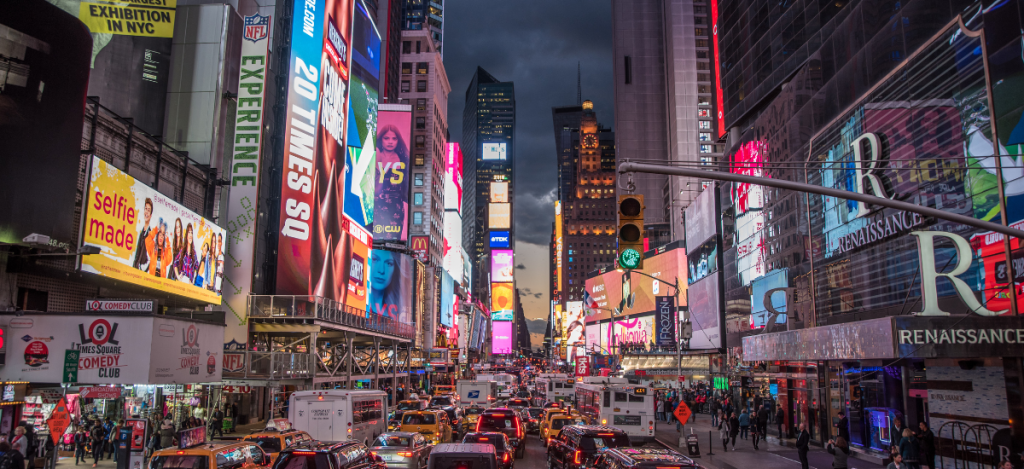The Media Landscape: A Crowded Party

Remember the good old days when getting a mention in the local paper was a big win? Well, those days are gone, and pitching stories to the media is starting to seem like it matters as much as a political campaign’s yard sign strategy. Beyond just the 24/7+ news cycle, vanishing beat reporters, and shrinking newsrooms, today’s media landscape feels like a chaotic cocktail party where everyone’s trying to get a word in edgewise. Your carefully crafted press release? It’s competing with cat videos and WWIII. While securing positive earned media coverage will always provide an organization with a certain level of credibility, third-party validation, and exposure, it’s becoming harder and harder to place compelling stories in a timely manner. You have no control over the outcome and framing, and competition for coverage has never been fiercer. Organizations with limited local media and/or time, staff, resources, or bandwidth should consider hosting their own content party instead. Your Website: The New Media Hub Think of your website as your organization’s broadcasting station. It’s prime real estate in the digital world, and you own every square pixel, which, in turn, enables you to: Control the Narrative: When you rely on external media, your message can get lost in translation. You’re the author, editor, and publisher with your own platform. No more misquotes or out-of-context sound bites. Build Direct Relationships: Imagine having a direct line to your audience; no intermediaries required. Mine for Data & Analytics: Every click, share, and comment is valuable information. Use it to refine your strategy and understand what resonates with your targeted audiences. Boost SEO: Regular, high-quality content on your site? Google loves that almost as much as it loves harvesting our data for profit. Content = Google Juice! Operate with Flexibility & Speed: Is there breaking news in your industry? You can react in real-time and on your terms (which can lead to media coverage, BTW). Ready to get started? Contact us today—Call 855-MKTNGCO or click here! GO DEEPER: Controlling the Narrative Around Your Brand – It Begins at Home, on Your Website The Content Ecosystem: From Blog to Inbox to Feed Building Your Content Machine: 9 Tips for Success (AI Disclaimer: proofed by Grammarly and lightly edited using Claude)
Controlling the Narrative Around Your Brand – It Begins at Home, on Your Website

How do you ensure your brand’s voice is heard in a world where everyone is shouting, and everything feels on fire? How do you get your message if you live in a rural community where the nearest newspaper is over two hours away? When current or prospective clients are in search of the latest news related to your company or projects, where would they turn? In the ever-evolving media world, organizations must adapt to a landscape where traditional media outlets are no longer the sole gatekeepers of information. The concept of “earned media,” where coverage is secured through press releases and media outreach, is still valuable but no longer sufficient to cut through the noise by itself. Organizations must embrace a more comprehensive approach to media strategy that includes paid, shared, and owned channels. Paid Media: This involves using advertising platforms such as search engines, display, native advertising, and social media ads to reach specific audiences. It allows organizations to target their desired demographics and deliver tailored messages. Shared Media: This refers to content that is shared via networks on platforms that are not strictly owned by your company. Social media sites would be an example, where you may have developed an audience, but the platform is owned by others and controlled by an algorithm. Another example may be a blog or website owned by an influencer or channel partner. Shared media can be a powerful way to reach new audiences and build brand awareness. Owned Media: This encompasses all the content and platforms an organization controls, such as its website, blog, and email list. Owned media gives organizations a direct line to their audience and allows them to control the narrative. By integrating these four channels, organizations can create a comprehensive media strategy that reaches a broader audience, builds stronger customer relationships, and drives business results. The key is to develop a cohesive strategy that leverages the strengths of each channel and aligns with the organization’s overall marketing and communication goals. Considering all these approaches, it is critical that content central to a company’s lifeblood should have a home on its website. Ready to get started? Contact us today—Call 855-MKTNGCO or click here! GO DEEPER: The Media Landscape: A Crowded Party The Content Ecosystem: From Blog to Inbox to Feed Building Your Content Machine: 9 Tips for Success (AI Disclaimer: proofed by Grammarly and lightly edited using Claude)
